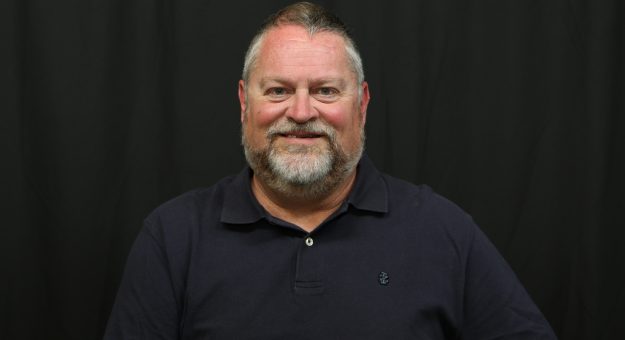INDIANAPOLIS — For much of the 20th century, Indianapolis Motor Speedway served as a proving ground for the automotive industry.
From Ray Harroun installing the first rearview mirror on the Marmon Wasp he drove to victory in the 1911 Indianapolis 500, to the advent of disc brakes and other innovations, Indy was used to develop, test and refine parts for passenger cars.
However, except for electronic sensors and components, there is little connection between today’s Indy cars and the automotive industry.
In many ways, major auto racing in the United States is stuck in a time warp.

It took decades before the NASCAR Cup Series threw out carburetors and moved to fuel injection. The late, great engine builder and team owner Robert Yates used to refer to NASCAR engines as “antiques.”
NASCAR has made great strides recently with the NextGen car, bringing an array of technology to the forefront, but the race cars are still powered by internal-combustion engines.
Indy cars are purpose built for racing, but those vehicles still depend on the same internal-combustion technology that carried Harroun to victory during the inaugural Indianapolis 500 more than a century ago.
Hybrid technology is set to debut in 2024 and that is an important step for IndyCar, although many of the fans confuse it with pure electrification.
Look around Indianapolis Motor Speedway on race day at the Indianapolis 500 and many of those ardently loyal fans are over the age of 50. They remember the days when IMS was legitimately a proving ground for the automotive industry, but many of those fans hate the thought of hybrids and electrification.
If racing series don’t keep up with the times and remain relevant to the automotive industry that invests hundreds of millions of dollars each year to support the sport, those budgets may shrink.
There’s a famous line in the 1983 film about test pilots and the “Original Seven” astronauts in NASA (the space agency, not the racing series): “No bucks, no Buck Rogers.”
In motorsports, that could be: “No budgets, no racing.”
Like it or not, the sport must continue to evolve. During the 1950s and ’60s, horse racing tracks around the United States were packed with patrons who enjoyed gambling as much as the on-track action.
When off-track betting sites began to pop up 20 to 30 years ago, horse racing facilities became ghost towns. Many had to bring in slot machines and other gaming action to survive.
Part of the appeal of racing is the speed, the sensation and the noise. There is something about the unbelievable decibel level and sound of racing that lures fans.
As IndyCar President Jay Frye likes to say, the IndyCar engine is “loud, proud and unapologetic.”
But Frye is also pragmatic enough to realize IndyCar must be sustainable and appeal to the manufacturers that support the series.
Next year, IndyCar and its engine partners, Chevrolet and Honda. will introduce a 2.2-liter engine with a hybrid-assist unit that will provide the high-speed machines a boost of horsepower through a combination of fuel and kinetic energy.
When it comes to manufacturer support in North America, no one does it better than the IMSA WeatherTech SportsCar Series. IMSA has 18 different manufacturers that support its efforts, which is one reason the series is the leader in moving toward hybridization.
At one point in 2019, Porsche may have been interested in joining IndyCar but wanted to use hybrid technology. Before IndyCar moved forward with its current hybrid efforts, Porsche decided to focus on its current motorsports’ programs, specifically in IMSA and Formula E.
For the most part, this year’s Rolex 24 At Daytona included a flawless display of hybrid technology. IndyCar is hoping the same is true when its hybrid-assist hits the track next season.
NASCAR, though, remains on the internal combustion engine path.
Like it or not, the world is moving to different methods of powering passenger cars. Although fully electric vehicles remain limited in terms of distance between charges, the technology continues to move forward.
But racing is once again serving as a proving ground for the automotive industry through advancements in battery and charging technology that may one day soon be transferred to the passenger car market.
At this point, nobody wants to attend a silent Indianapolis 500 with only electric-powered cars. They want to be lured by the speed and the sound of the engines, and a combination of the old reliable internal combustion engine along with hybrid-assist is a good move toward remaining relevant in today’s automotive market.
Frankly, when fans watch the 108th Indianapolis 500 in 2024, hardly any of them will notice the hybrid part of the engine.
Auto racing must continue to move forward to ensure its survival.
This story appeared in the April 19, 2023 edition of the SPEED SPORT Insider.

